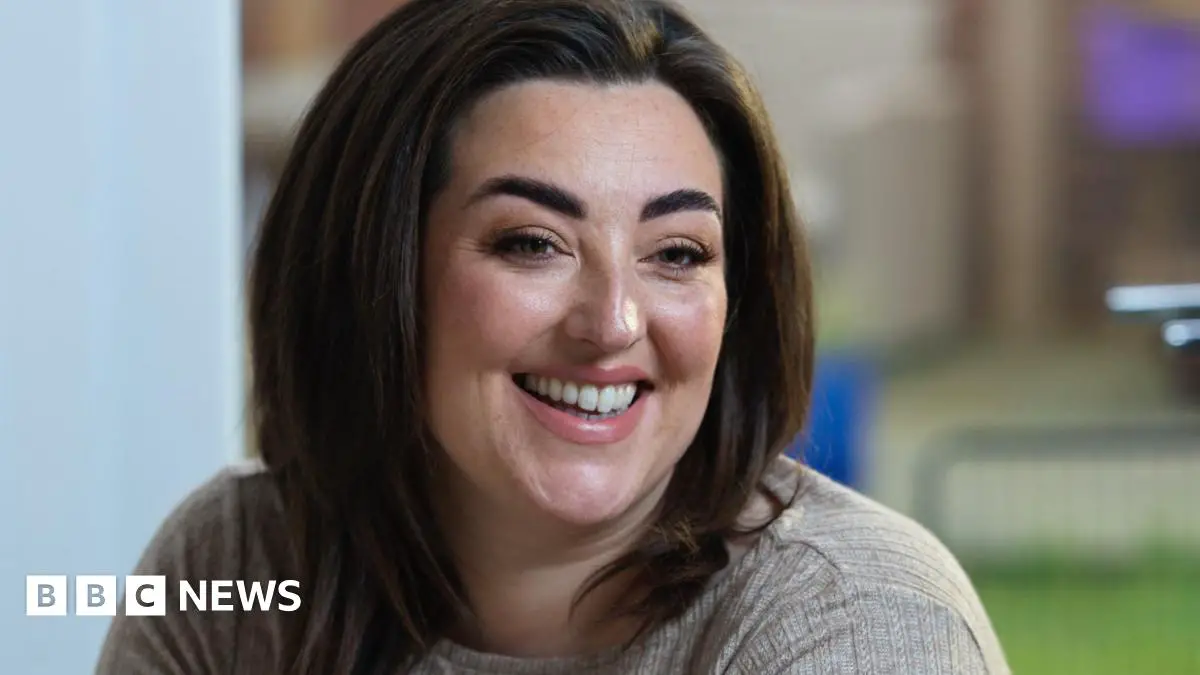

Two of the researchers with several of the study participants, who have Laron syndrome
Jaime Guevara-Aguirre and Valter Longo
People with a rare genetic mutation that causes short stature and may also make them live longer are helping shed light on the causes of ageing.
Those with the unusual gene variant have several traits that protect against heart disease, one of the most common causes of death, which may explain why their life expectancy exceeds that of the general population.
A signalling molecule called insulin-like growth factor-1 (IGF-1) has long been suspected to play a role in longevity. Multiple animals, such as worms and mice, have been found to live longer if their levels of this compound are lowered artificially, such as through genetic modification. Centenarians also have slightly lower levels of IGF-1, on average.
In most species, IGF-1 promotes growth when animals are young and in later life affects how cells use energy. One idea is that there is a trade-off between animals investing their energy in further growth or health maintenance.
“When you grow old and you start breaking down, you don’t want to spend energy on growth, you want to spend energy on preventing your breakdown,” says Nir Barzilai at the Albert Einstein College of Medicine in New York, who wasn’t involved in the new research.
The question of whether the trade-off also happens in people can be studied via a rare genetic condition called Laron syndrome, which was first identified in a group of Ecuadorian people whose ancestors left Spain during the Inquisition several centuries ago.
The mutation causes people to have a faulty receptor for growth hormone, leading them to be short in stature. People with Laron syndrome also have lower levels of IGF-1, because release of this compound is normally triggered by growth hormone.
Because there are so few people with the mutation, it is unclear whether they do indeed have longer lifespans. Suggestive evidence came from a 2011 study of 90 Ecuadorian people with Laron syndrome, which affects an estimated 400 to 500 people worldwide.
This found there were more people with the condition who were surviving for longer than expected, compared with the general Ecuadorian population. “We know that they’re over-represented at older ages,” says Valter Longo at the University of Southern California in Los Angeles.
In the latest study, Longo and his colleagues compared 24 people with Laron syndrome, either from Ecuador or the US, with 27 of their relatives who lacked the mutation. Those with Laron syndrome appeared healthier on several heart-related measures, including blood pressure, blood sugar levels and sensitivity to the hormone insulin, which is involved in blood sugar control.
People with the mutation also had higher levels of a compound called low-density lipoprotein, also known as “bad cholesterol” as it is thought to predispose people to artery plaques that can lead to heart attacks. But only 7 per cent of the people with Laron syndrome had such plaques, compared with 36 per cent of their relatives.
While the small number of people in the study meant this difference could have arisen by chance, it suggests their arteries appear no unhealthier than those of people without the mutation, says Longo.
It has also previously been shown that people with Laron syndrome are less likely to develop cancer and may have less of the cognitive decline that normally happens at older ages.
The new finding supports the idea that somehow dampening IGF-1 signalling pathways in later life could slow the ageing process, says Alexei Maklakov at the University of East Anglia in Norwich, UK. “It’s a question of timing,” he says. “You definitely don’t want to do it during important stages of growth and development. But later in life, you could possibly interfere with the function of these pathways.”
Topics:








